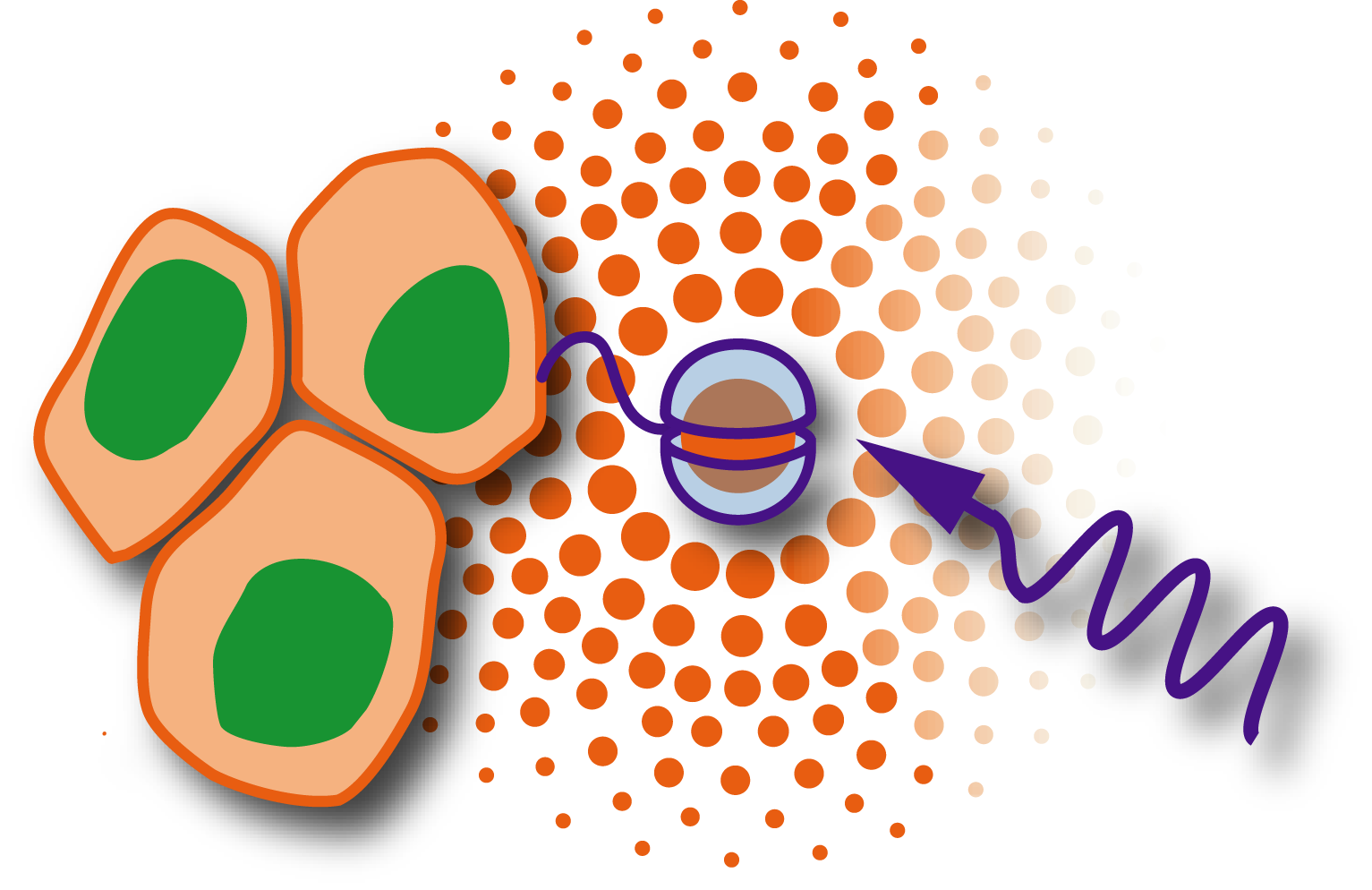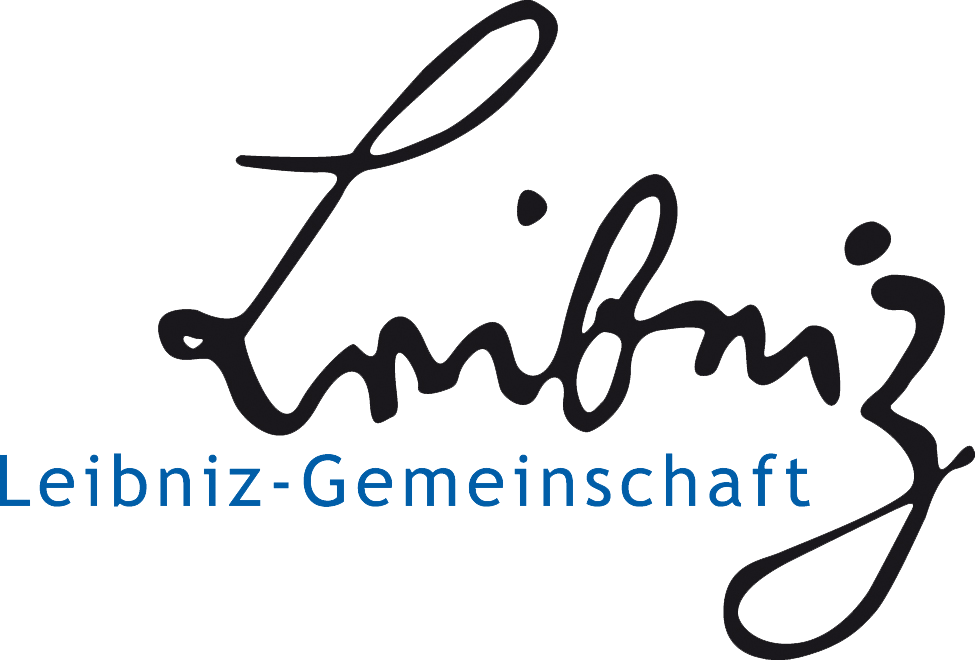

Contact



Dr. Leif Schröder
phone +49 30 94793 121
🖂 lschroeder(at)fmp-berlin.de
phone +49 30 94793 121
🖂 lschroeder(at)fmp-berlin.de
Leibniz-
Forschungsinstitut für Molekulare Pharmakologie im Forschungsverbund
Berlin e.V. (FMP)
Campus Berlin-Buch
Robert-Roessle-Str. 10
13125 Berlin, Germany
+49 30 94793 - 100
+49 30 94793 - 109 (Fax)
🖂 info(at)fmp-berlin.de
Forschungsinstitut für Molekulare Pharmakologie im Forschungsverbund
Berlin e.V. (FMP)
Campus Berlin-Buch
Robert-Roessle-Str. 10
13125 Berlin, Germany
+49 30 94793 - 100
+49 30 94793 - 109 (Fax)
🖂 info(at)fmp-berlin.de



Intro | Members | Projects | Publications | Methods
Funding | News | Collaborations | Links | Teaching
Funding | News | Collaborations | Links | Teaching
Our group works on the development and characterization of magnetic resonance reporters and on the related detection techniques for diagnostic imaging and spectroscopy. Xenon biosensors have an outstanding potential to increase the significance of magnetic resonance imaging (MRI) in molecular diagnostics. To explore this potential, our group heavily relies on external programs focusing on unorthodox approaches, including the Koselleck Program of the DFG, the Human Frontiers Science Program, and the European Research Council (ERC). The paradigm shifts pursued in our lab go beyond the innovation range of conventional research programs and the related institutional support. We join highly innovative national and international research partners for allocating external funding to cover a wide range of NMR/MRI diagnostic aspects. Our work has constantly emerged from the first ever ERC StG to the Leibniz Association and the first ever Koselleck Grant to a non-tenured group leader.
hh
Many projects in our lab use the Hyper-CEST method as an ultra-sensitive technique in xenon MRI to combine the advantages of non-invasive imaging with the high sensitivity of hyperpolarized xenon and the specificity of functionalized reporters. We also investigate biomaterials science aspects of established contrast agents with respect to their biosafety and the understanding of their biochemical fate.
Advancements by our interdisciplinary, international team members focus on high-sensitivity in vitro diagnostics for live cell detection of disease markers previously inaccessible for MRI and further translation into animal models. By combining methods from physics, biochemistry and cell biology, we pursue projects for novel insights into contrast agent safety and early detection of various pathologies, including different types of cancer and Parkinson's disease. This will eventually close the sensitivity gap between modalities of nuclear medicine like PET/SPECT and MRI without using ionizing radiation or making compromises in penetration depth like in optical methods.
Please follow this link for some general information and interviews. [More]
(incl. material from the Long Night of Science)
hh
Many projects in our lab use the Hyper-CEST method as an ultra-sensitive technique in xenon MRI to combine the advantages of non-invasive imaging with the high sensitivity of hyperpolarized xenon and the specificity of functionalized reporters. We also investigate biomaterials science aspects of established contrast agents with respect to their biosafety and the understanding of their biochemical fate.
Advancements by our interdisciplinary, international team members focus on high-sensitivity in vitro diagnostics for live cell detection of disease markers previously inaccessible for MRI and further translation into animal models. By combining methods from physics, biochemistry and cell biology, we pursue projects for novel insights into contrast agent safety and early detection of various pathologies, including different types of cancer and Parkinson's disease. This will eventually close the sensitivity gap between modalities of nuclear medicine like PET/SPECT and MRI without using ionizing radiation or making compromises in penetration depth like in optical methods.
Please follow this link for some general information and interviews. [More]
(incl. material from the Long Night of Science)
Fellow of the
Young Academy of Europe
Young Academy of Europe
Molecular Imaging Group
(Leif Schröder)
(Leif Schröder)

cryptophane cage for Xe NMR
Joint publication with the Shapiro Lab on MRI applications of gas vesicles in Nature Protocols [more]
Feature on Latest Thinking about xenon biosensor research [more]
First ever Koselleck Grant awarded to a Leibniz institute for a new aspect of Xe MRI reserach [more]
Very successful publication period finalizing the ERC grant: Nature Index listings [more]
Our lab is member of the following initiatives:





